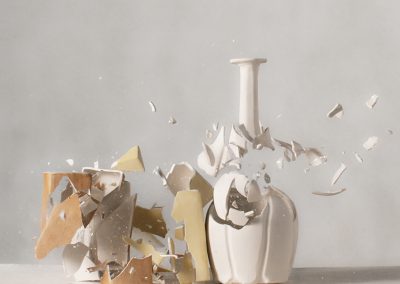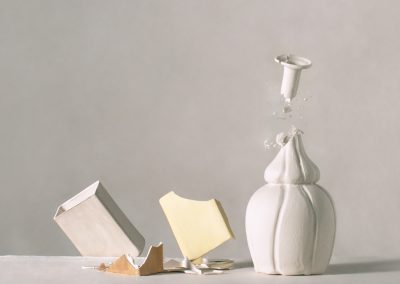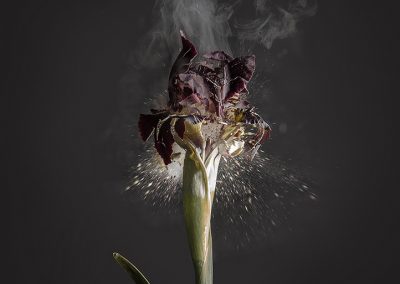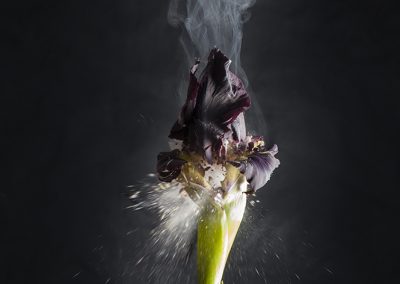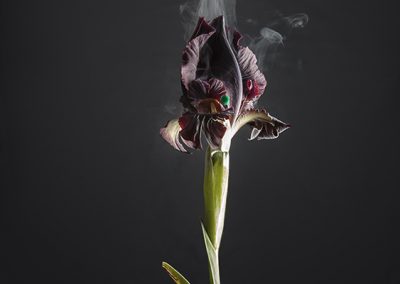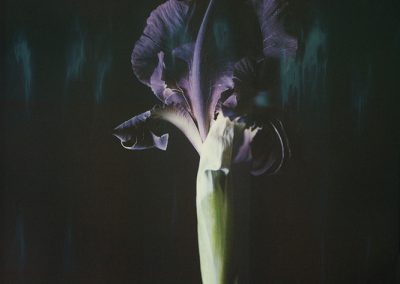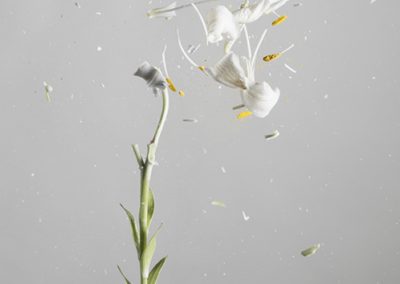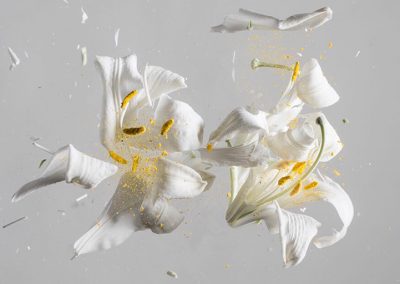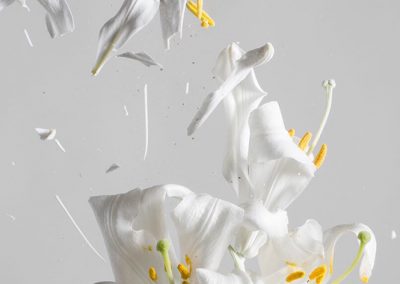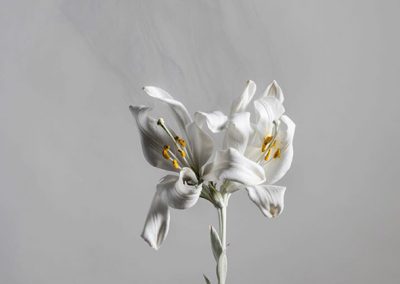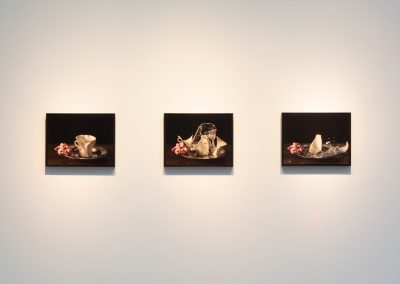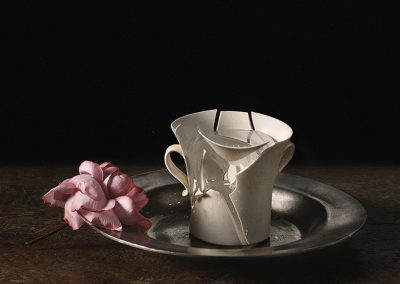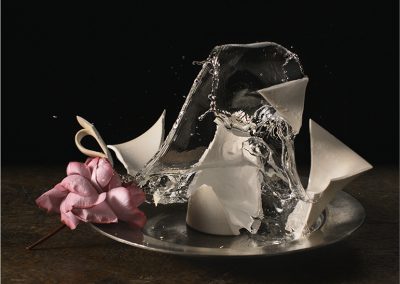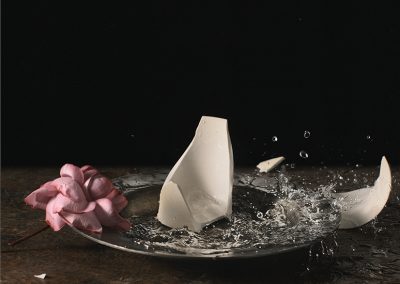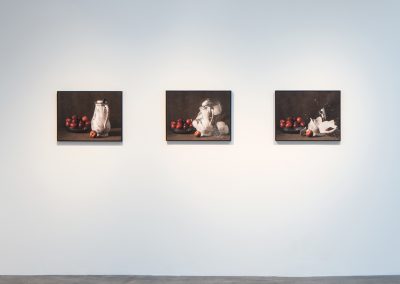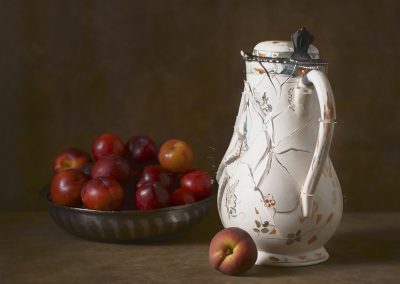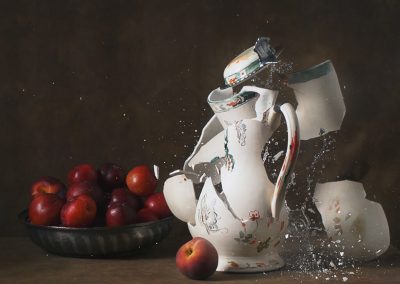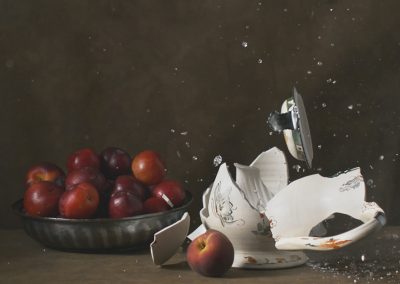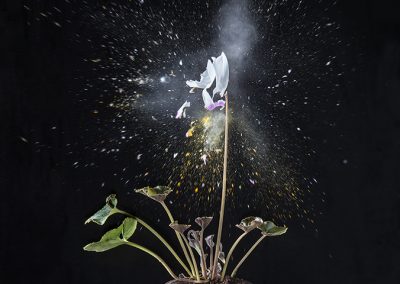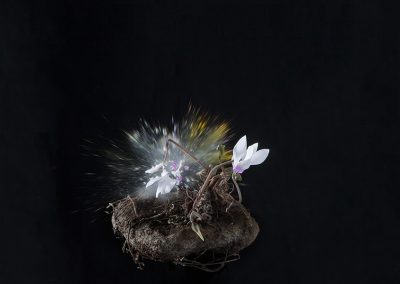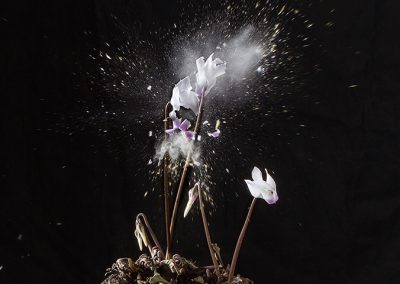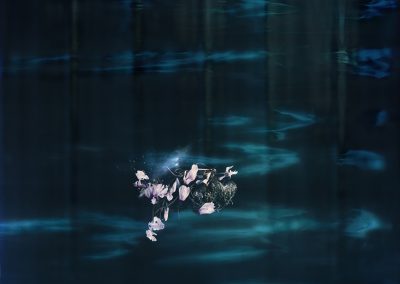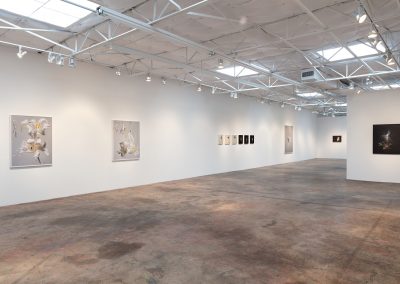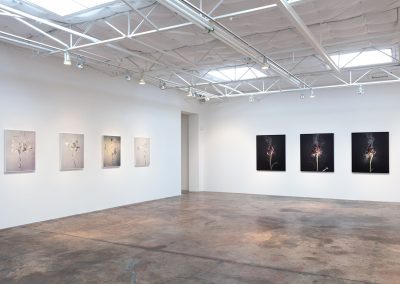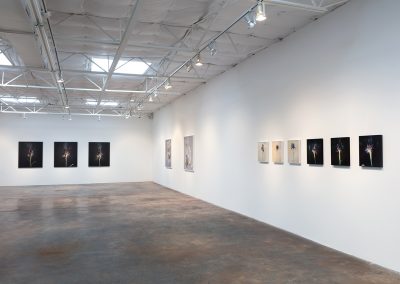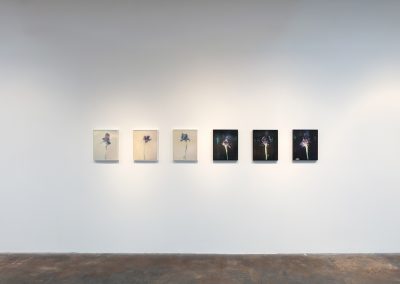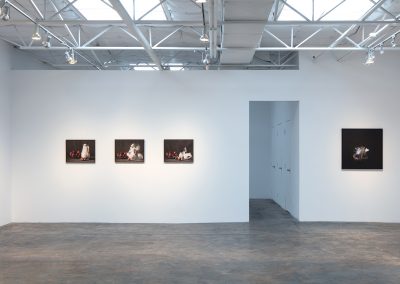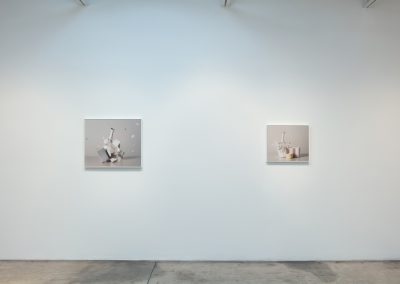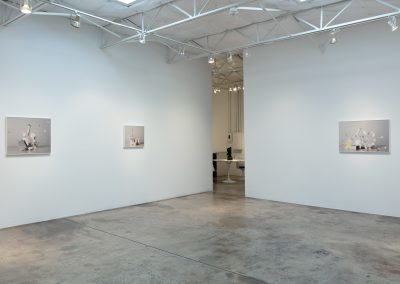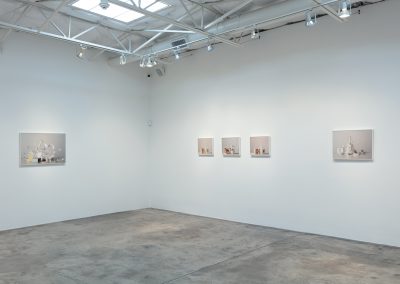Ori Gersht
New Orders
Talley Dunn Gallery
November 10, 2018 – January 19, 2019
Talley Dunn Gallery is honored to announce the gallery’s inaugural exhibition by internationally renowned, London-based artist Ori Gersht. New Orders will open with a reception for the artist on Saturday, November 10rd from 6:00 to 8:00 pm. Gersht will give an artist talk during the opening reception at 6:15pm on Saturday, November 10, 2018.
Ori Gersht was born in Tel-Aviv, Israel in 1967 and has lived in London for over twenty years. Throughout Gersht’s career his work has been concerned with the relationships between history, memory and landscape. He often adopts a poetic, metaphorical approach to explore the difficulties of visually representing conflict and violent events or histories. Gersht approaches this challenge not simply through his choice of imagery, but by pushing the technical limitations of photography, questioning its claim to truth. Frequently referencing art history, Gersht’s imagery is uncannily beautiful; the viewer is visually seduced before being confronted with darker and more complex themes, presenting a compulsive tension between beauty and violence. This has included an exploration of his own family’s experiences during the Holocaust, a series of post-conflict landscapes in Bosnia and a celebrated trilogy of slow-motion films in which traditional still lives explode on screen.
The exhibition will center upon two new series by Ori Gersht: Fragile Lands and New Orders.
The Fragile Land series uses native flowers of Israel as a vehicle to investigate the ideologies of Zionism, national identity, the fragility of national mythologies, and the multiplicity of truths. In the 1950s it was a common pastime to go into the countryside to pick wildflowers. To many, this practice represented the prosperity of their young nation and a way to connect to the land of their ancestors. However, the practice became so popular that many species of wildflower were brought almost to the point of extinction. In 1963, wildflower picking was outlawed, marking a shift in the attitudes of people towards the land, and adding new layers of symbolic meaning attached to the flowers by shifting the focus from the past to the future. For this series, Gersht procured or cultivated specimens, including Cyclamen, Iris Atropurpurea, and the Madonna Lily, all of which have played a significant role in Israeli and European cultural histories. In highly choreographed studio sessions, Gersht then destroys the symbols by shooting them with an air rifle. Mirroring the act of picking wildflowers, it is an action that simultaneously honors and destroys cultural heritage. By using both an 8 x 10 camera and a high-speed digital camera to capture the event simultaneously, Gersht captures two versions of the same reality.
The New Orders series similarly includes a process of meticulous preparation and highly choreographed studio sessions that record the destruction of objects with layered symbolic meanings. In this series, Gersht references the instability and fragmentation of the European Union by recreating still life masterpieces by prominent painters from various EU member states. This exhibition features works that reference the paintings of Old Master artists Chardin, Zurbarán, and Morandi. The resulting images and panoramas present a cinematic unfolding of destruction and collapse that is both elegant and ominous. Both of these series continue these inquiries and expand upon them with work that is both visually arresting and intellectually compelling.
Gersht received his BA from the University of Westminster, London (UK) and his MA in Photography from the Royal College of Art, London (UK). He lives and works in London. He has previously been the subject of solo exhibitions the Museum of Fine Arts, Boston, The Imperial War Museum, London (UK), The Tate Britain, London (UK), The Tel Aviv Museum of Contemporary Art, Jerusalem (Israel), The Santa Barbara Museum, The Hirshhorn Museum and Sculpture Garden, Washington DC, The Jewish Museum, New York, The Yale Centre for British Art, Connecticut, and the Gardner Arts Centre, Brighton (UK).
Gersht’s artwork can be found in the public collections of the British Council, London (UK), Deutsche Bank, Government Art Collection, London (UK), the Hirshhorn Museum and Sculpture Garden, Washington DC, the Imperial War Museum, London (UK), The Museum of Fine Arts, Boston, The Israel Museum, Jerusalem (Israel), The Jewish Museum, New York, the J. Paul Getty Museum, Los Angeles, the Knoxville Museum of Art, Knoxville, the Los Angeles County Museum, Los Angeles, the San Francisco Museum of Modern Art, San Francisco, the Santa Barbara Museum of Art, Santa Barbara, the Solomon R. Guggenheim Museum, New York, The Tate Britain, London (UK), the Tel Aviv Museum of Art, Tel Aviv (Israel), the 21C Museum, Louisville, and the Victoria and Albert Museum, London (UK).
We are happy to provide more information regarding any available works. In addition to the selection of artwork featured here, we have a comprehensive inventory of available works that are not on our website.
Please let us know if you’d like to receive a complete checklist of available works by emailing frontdesk@talleydunn.com.

